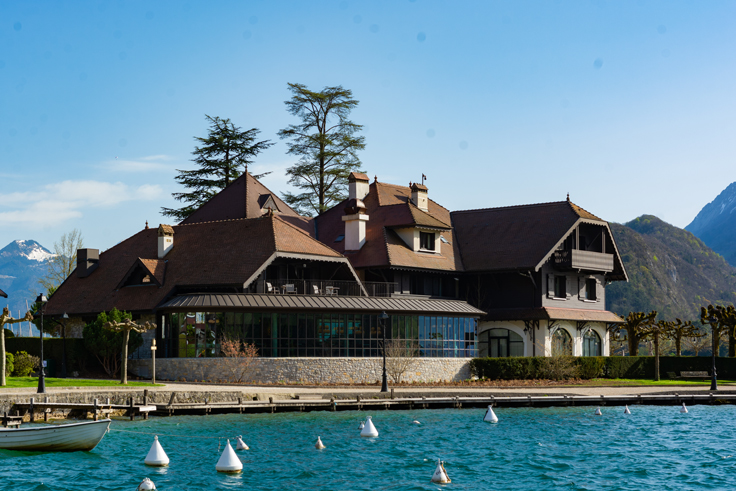5 Min Read
The Emperor Has No Clothes… and Checked Into the Wrong Hotel
True luxury doesn’t flinch. Through recession, through global instability, even through the pandemic, the highest tier of hospitality has not just endured—it has outperformed. Consumer patterns at the top of the market have held firm through the recent tariff jitters. And capital has noticed. That’s why immense sums continue to move into the sector, often at valuations that would have seemed absurd a decade ago.
But not everything labeled “luxury” deserves the name. And lately, the cracks are starting to show.
Call it faux luxury. It’s the hospitality equivalent of a product labeled “genuine leather”—technically accurate, but more closely aligned with “genuine cubic zirconia” in spirit. For all the pretend opulence and frippery, occupancy and ADR in this segment are sliding—as if the tariff jitters signaled the outbreak of an actual war. Brands like Noble House, Viceroy, and Kimpton fit this mold. Is it leather? Strictly speaking, yes. Would you want to wear it? Certain segments of the market do. But the segment that matters—the one that drives lasting value—decidedly does not.
These are the properties now feeling the pinch. Occupancy is down. ADRs are sliding. And the divergence is no longer theoretical. Upmarket brands—the real ones—are continuing to post growth in both categories.
Why? Because when you compare what’s actually on offer, the gap is impossible to ignore.
A Noble House property might quote a rate similar to the Hassler in Rome or Auberge du Père Bise on Lake Annecy. But spend a single night in each and the difference is overwhelming. The service at a true luxury property is anticipatory, seamless, elegant without effort. The materials are not just expensive; they are chosen with purpose. Every detail reinforces a singular point of view.
In the fake luxury set? You get transactional service, bland design, and the nagging sense that you’re paying for the logo, not the experience. It’s all pretense and no provenance.
And if you really want to see the difference, look at the guests.
At the Inn at Little Washington, the Hassler, or The Wauwinet in Nantucket: you’ll find generational wealth, discretion, and quiet fluency in luxury. At the lookalike properties? You’ll find aspirational travelers stretching to signal status. One group doesn’t think twice about $2,500 a night. The other notices every line item.
This isn’t about snobbery. It’s about economics.
Because when rates soften and the economy shakes, one cohort pulls back. The other doesn’t. That’s why EBITDA multiples for the true luxury tier have actually increased in the past 60 days.
And it’s no accident that my firm has moved over $300 million in private placements and transactions in this space in just the first five months of this year.
The emperor has no clothes—and for anyone paying attention to performance, service, and staying power, it’s starting to show.




